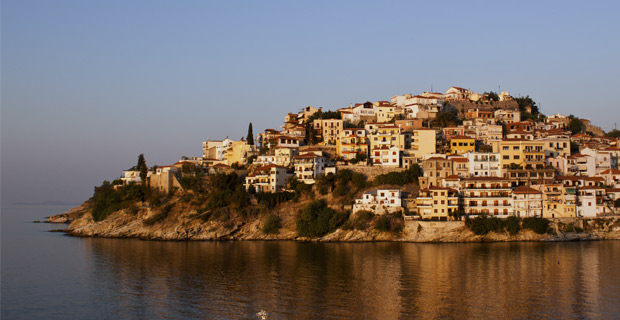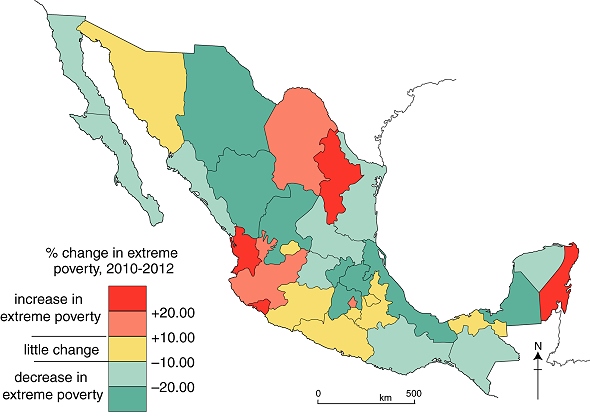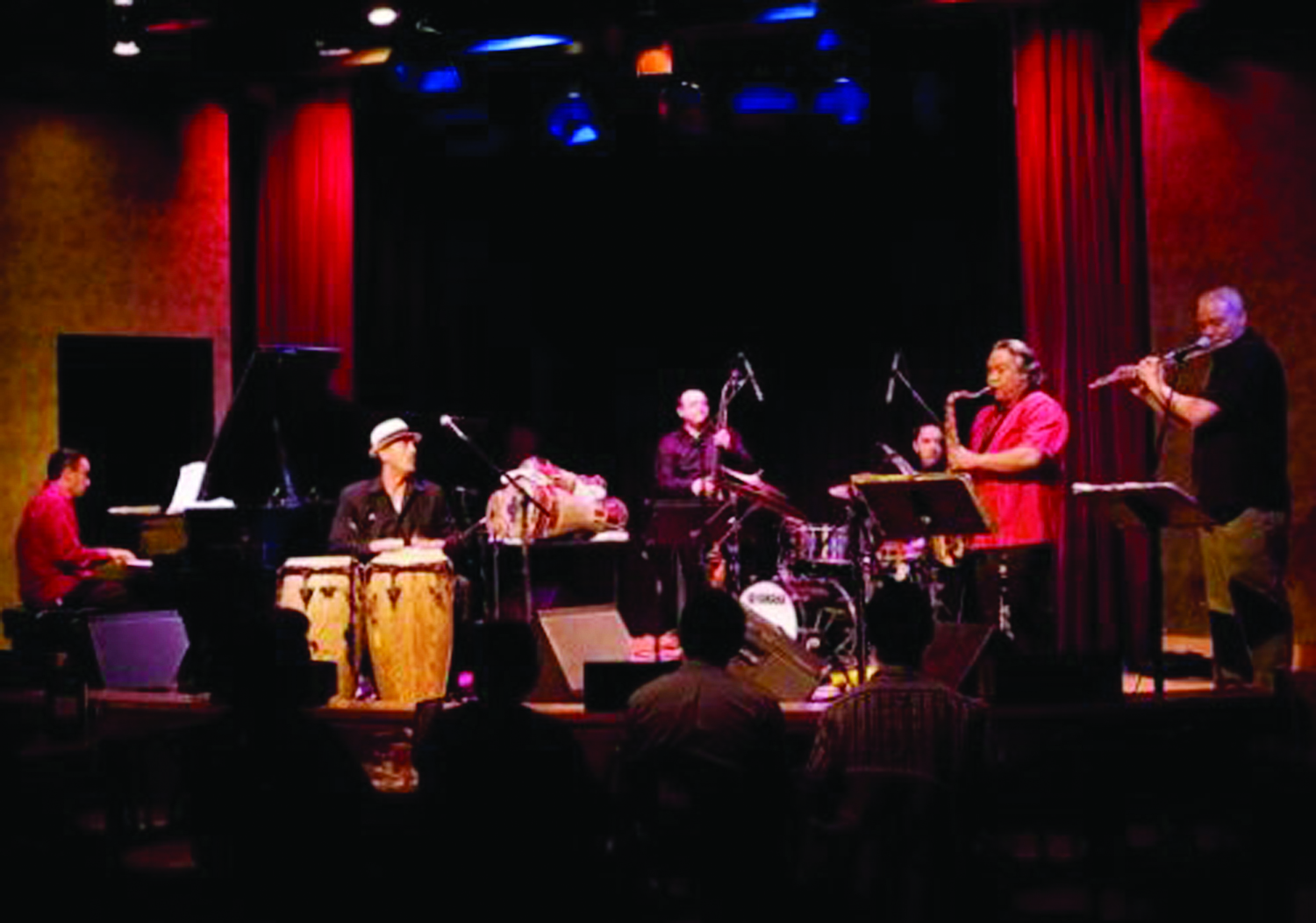Compiled by the El Reportero’s staff
The Yerba Buena Gardens Festival, the Museum of the African Diaspora (MOAD), and SFJAZZ presents a six-week lecture series by John Santos. Machito and the Afro Cubans (c.1946) L-R: Graciela (claves), Carlos Vidal (conga), René Hernandez (piano), Jose Mangual (bongos in front), Ubaldo Nieto (timbales), Bobby Rodriguez (bass), Machito (maracas).
Wednesday evenings 7 p.m. to 9 p.m., Aug. 5 through Sept. 9, 2015, at MOAD 685 Mission St. San Francisco. (415) 358-7200. (Aug 19 only) at the California Historical Society, 678 Mission St. San Francisco. (415) 357-1848.
YBGF/MOAD/SFJAZZ Members: $15/class or $75/full series. Public: $20/class or $100/full series. One Free class when you purchase the series!
It’s the Psychotronix Film Festival!
Weird, Wild & Wacky Short Subjects: Monster Movie Trailers, Drive-in Snack Bar Ads, Old School Films, Retro TV Commercials, Forgotten Cartoons, Scopitone Music Films and Much More! All on 16mm film, the Vinyl of Visuals.
Friday, Aug. 7, 2015 at Art House Gallery & Cultural Center, 2905 Shattuck Ave, Berkeley, (510) 472-3170. Doors: 7 p.m. Show: 8 p.m. Donation: $5 – $10. All Ages & Wheelchair Accessible.
Summer Nights Outdoor Concert Series
At the Osher Marin JCC Kanbar Center, ‘Plena Libre Celebrate Puerto Rico,’ on Saturday Aug. 8, 6:15 p.m. doors open, 6:40 dance lesson, 7 p.m. show.
Tickets and more info at: http://www.marinjcc.org/events/2015/08/08/performing-arts/plena-libre-summer-nights-outdoor-concert/55886/
$20 members / $23 public / $28 Day of (members & public), ages 17 and under FREE!
SFJAZZ presents a tribute honoring Puerto Rican icon and photojournalist Frank Espada
An unforgettable concert experience commemorating the life work of activist and master photographer Frank Espada (1930-2014).
Featuring The John Santos Sextet, with extra special guests, wordsmith Rico Pabon, guitarists/vocalists Jose Roberto Hernandez & Manuel Constancio, Afro-Puerto Rican dance master Shefali Shah, vocalist/poet Sandra Garcia Rivera corista Sarita Shah.
Images of Frank Espada’s profound work will be shown throughout this concert.
This will be the largest public showing of his iconic photography to date!
(Some seats have obstructed views of the large screen above the stage – inquire with SFJAZZ)
Sunday, Aug. 9, 2015, 2 p.m. at the gorgeous new SFJAZZ Center, 201 Franklin at Fell St., San Francisco. http://www.sfjazz.org, (866)920-5299.
Unveiling of mural and performance of spoken word piece
67 Sueños, Oakland chapter, will unveil a mural in East Oakland to celebrate and honor past victories of migrant communities. The mural aims to shed light on the struggles, risk, but also the hope that many undocumented communities, and their allies, endured while fighting against draconian anti-immigrant bills and advocating for bills such as AB- 241, the California Bill of Rights. The mural is inspired by interviews conducted by 67 Sueños youth with parents and community activist who migrated to the U.S. with aspirations to improve their conditions. Youth, children of immigrants, painted the mural.
At 23 percent, undocumented immigrants constitute a large majority of the California population, yet their stories are often overlooked. Making up roughly 5.1 percent of the labor force in the nation, undocumented immigrants are vital to the U.S. economy. Despite this, executive actions to provide protection from deportation such as DAPA have come to halt; little aid is reaching to the broader 11.1 M undocumented immigrants in this country. On Sunday, Aug. 9, at 1390 66th Ave, Oakland.









